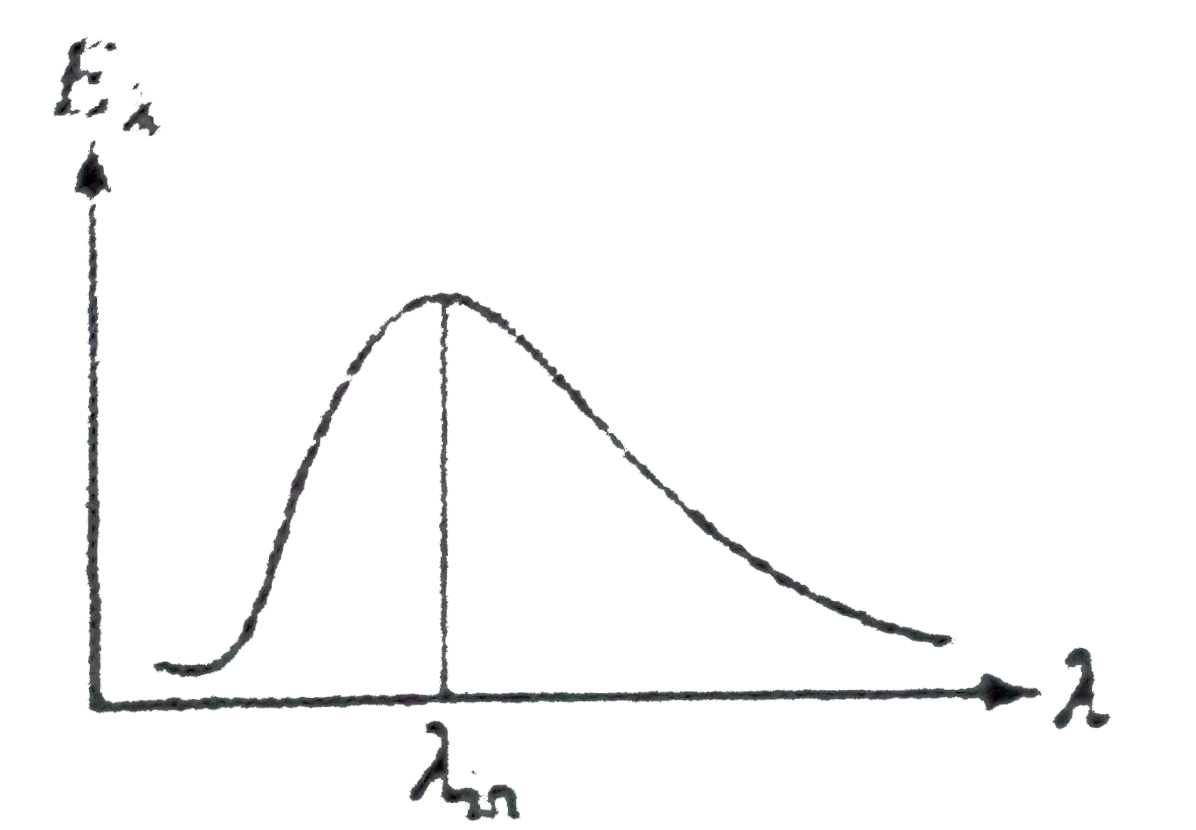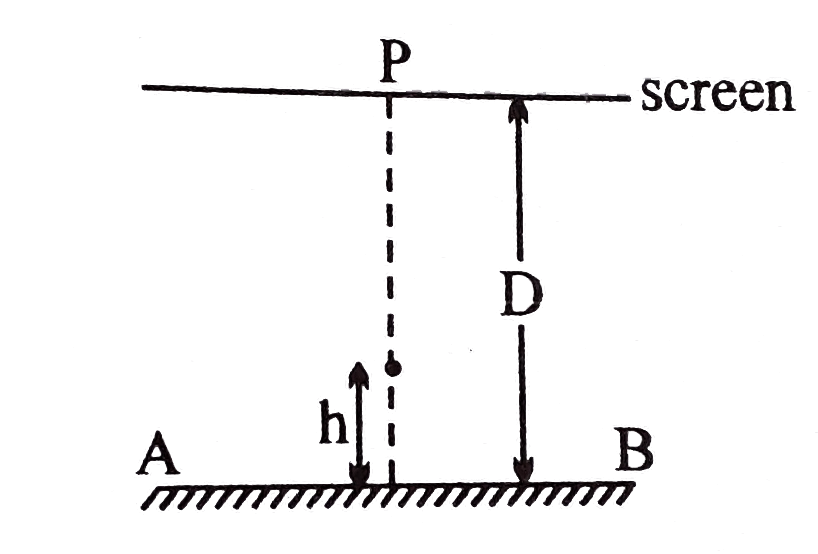What happens to the intensity of light from a bulb if the distance from the bulb is doubled ? As a laser beam travels across the legth of room, its intesity essentially ramain constant.
What geonetrical characteristric of LASER beam is responsible for the constnat intensity which is missing in the case of light from the bulb?
As the distance is doubled , the area of spherical region (4πr2) will become four times so, the intensity becomes one fourth the initial value (:. I∝1r2) but in case of laser it does not spread so its intensity remain same.
Geometrical characteristic of LASER beam which is responsible for the constant intensity are as following
(i) Unidirection (ii) Monochromatic
(iii) Coherent light (iv) Highly collimated
these characteristic are missing in the case of light from the bulb.
Topper's Solved these Questions
- ELECTROMAGNETIC WAVESBook:NCERT EXEMPLAR ENGLISHChapter:ELECTROMAGNETIC WAVESExercise:LONG ANSWER
Explore 5 Videos
- ELECTROMAGNETIC WAVESBook:NCERT EXEMPLAR ENGLISHChapter:ELECTROMAGNETIC WAVESExercise:VERY SHORT ANSWER
Explore 7 Videos
- ELECTROMAGNETIC INDUCTION Book:NCERT EXEMPLAR ENGLISHChapter:ELECTROMAGNETIC INDUCTION Exercise:Long
Explore 11 Videos
- ELECTROSTATIC POTENTIAL AND CAPACITANCEBook:NCERT EXEMPLAR ENGLISHChapter:ELECTROSTATIC POTENTIAL AND CAPACITANCEExercise:Long Answer Type Question
Explore 10 Videos
Similar Questions
n identical light bulbs, each designed to draw P power from a certain voltage supply , are joined in series across that supply. The total power which they will draw is
View SolutionIn Young's double - slit experiment, the distance between slits is d = 0.25 cm and the distance of the screen D = 120 cm from the slits. If the wavelength of light used is λ=6000Å and I0 is the intensity of central maximum, then the minimum distance of the point from the centre, where the intensity is I02 is k×10−5m. What is the value of k?
View SolutionAn electric light is placed directly over the centre of a circular plot of lawn 100 m in diameter. Assuming that the intensity of light varies directly as the sine of the angle at which it strikes an illuminated surface and inversely as the square of its distance from its surface, how should the light be hung in order that the intensity may be as great as possible at the circumference of the plot?
View SolutionA parallel beam of light is incident on a converging lens parallel to its principal axis. As one moves away from the les on the other side on its principal axis, the intensity of light
View SolutionIn Young's experiment, light of wavelength 600 nm falls on the double slits separated by 0.1 mm. What is the highest order of maximum intensity in the interference pattern obtained on a screen kept 3 m from the slits? How does the highest order change if the distance of screen from the slits is changed?
View SolutionExplain the following giving reasons :
(i) When monochromatic light is incident on a surface separating two media, the reflected and refracted light both have the same frequency as the incident frequency.
(ii) When ligjt travels from a rarer to a denser medium, the speed decreases. Does this decrease in speed imply a reduction in the energy carried by the wave ?
(iii) In the wave picture of light, intensity of light is determined by the square of the amplitude of the wave. What determines the intensity in the photon picture of light ?
View SolutionThe radiations emitted by the sun are analyzeed and the spectral energy distribution curve is plotted. as shown. The radius of the sun is R, the earth is situated a distance 'd' from the sun. Treat the sun as perfectly black body which radiates power at constant rate fill till its store of hydrogen gets exhausted. (Stefan's constant =σ, Wien's constant =b, speed of light =c)

If the earth is at a distance 'd' from the sun the intensity of light falling on the earth (called solar constant S) is
View SolutionA point sources S emitting light of wavelength 600nm is placed at a very small height h above the flat reflecting surface AB(see figure).The intensity of the reflected light is36% of the intensity.interference firnges are observed on a screen placed parallel to the reflecting surface a very large distance D from it.
(A)What is the shape of the interference fringes on the screen?

(B)Calculate the ratio of the minimum to the maximum to the maximum intensities in the interference fringes fromed near the point P (shown in the figure) (c) if the intenstities at point P corresponds to a maximum,calculate the minimum distance through which the reflecting surface AB should be shifted so that the intensity at P again becomes maximum.
View Solution(a) Light, from a sodium lamp, is passed through two polaroid sheets P1 and P2 kept one after the other. Keeping P1 fixed, P2 is rotated so the its 'pass-axis' can be at different angles, θ, with respect to the pass-axis of P1
An experimentalist records the following data for the intensity of light coming out P2 as a function of the angle θ.

[I0= Intensity of beam falling on P1]
One of these observation is not is agreement with expected theoretical variation of l. ldentify this observation and write the correct expression.
(b) Define Brewster angle and write the expression for it in terms of the refractive index of the medium.
View Solution(a) What is plane polarised light? Two polaroid sare placed at 90∘ to each other and the transmitted intensity is zero. What happens when one more polaroid is placed between these two, bisecting the angle between them? How will the intensity of transmitted light vary on further rotating the third polaroid?
(b) If a light beam shows no intensity variation when transmitted through a polaroid which is rotated, does it mean that the light is un-polarised? Explain briefly.
View Solution

